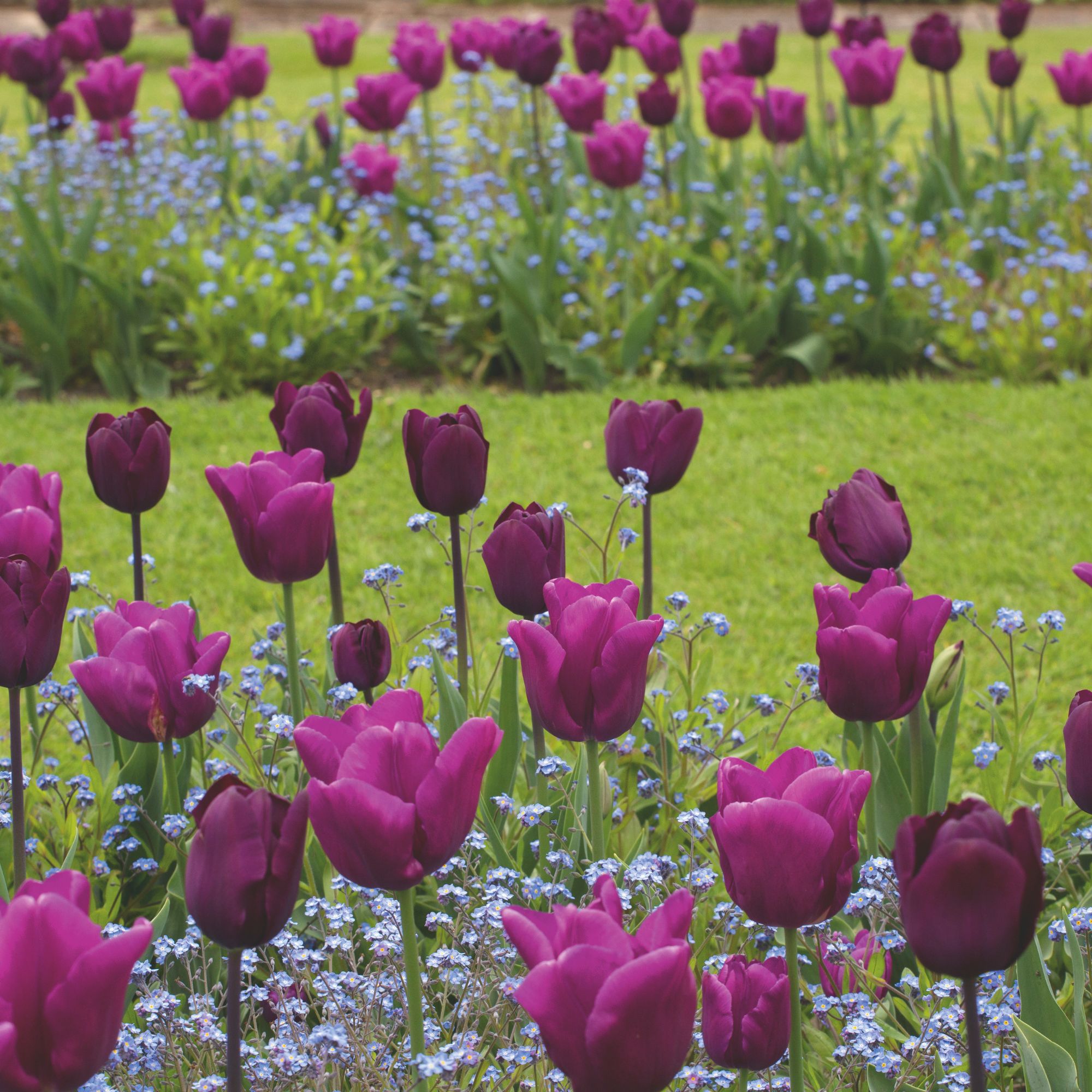
Tulips are a sight to behold at this time of the year and one of the most beautiful signs of spring. It'll soon be time to work out what to do with tulips after flowering, though.
Learning the best time to plant tulip bulbs is the key to bright, healthy blooms, but if you want them to live to see another year, it's crucial that you know what to do with bulbs after flowering.
Well, there are a few different things you can do with tulips after they've finished flowering, from deadheading to digging the bulbs up altogether. There's also one common mistake that you should avoid when it comes to the foliage – but more on that shortly.
What you'll need
1. Deadhead them
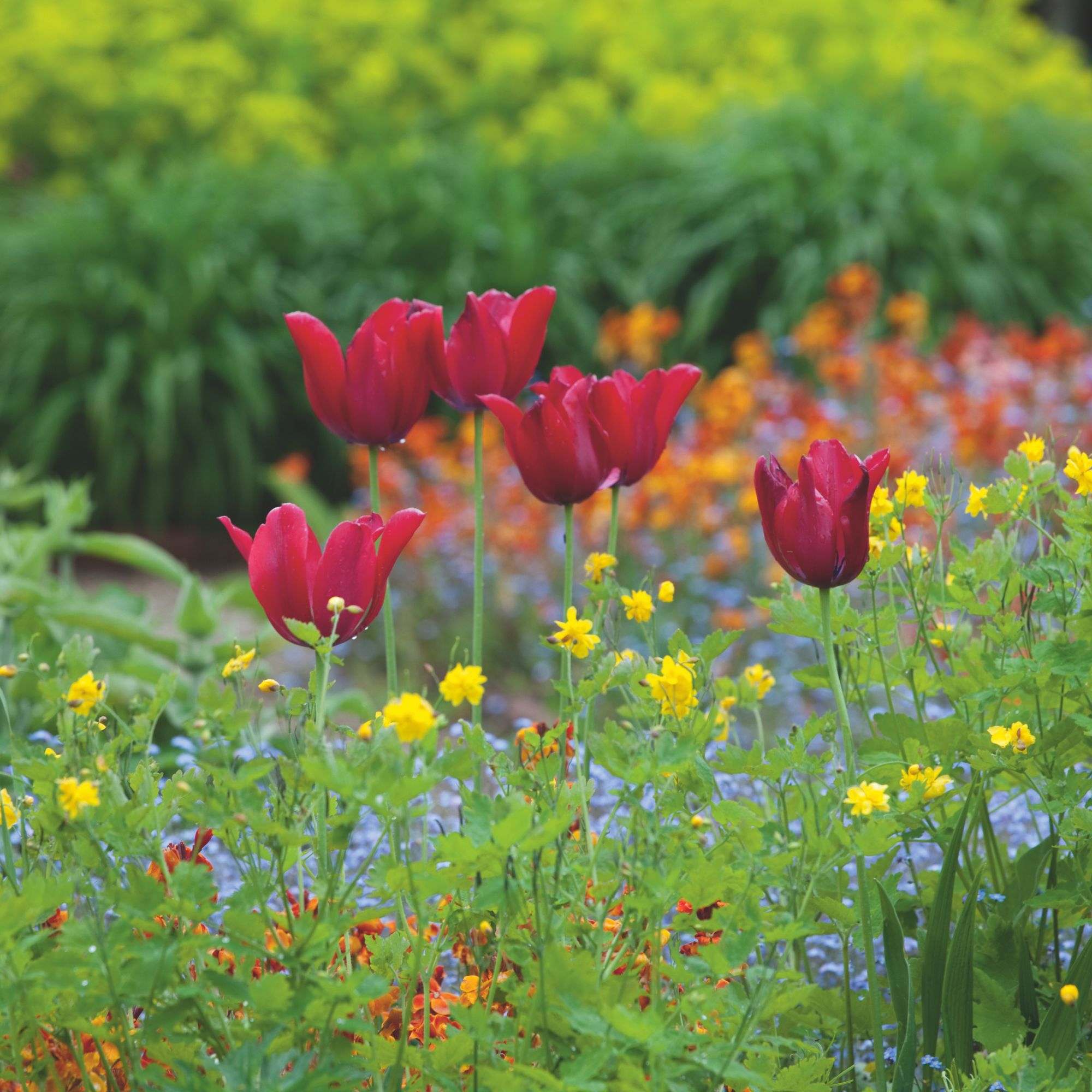
Once you notice your tulip flowers beginning to fade or drop, you'll need to act quickly to direct as much energy back to the bulbs as possible.
'In order to ensure your plant sends all of its energy towards the bulb rather than wasting it on producing a seed pod, it’s time to deadhead,' says Lucie Bradley, gardening and greenhouse expert at Easy Garden Irrigation.
Lucie also recommends using a clean, sharp pair of snips or secateurs to ensure you don't spread diseases to your plants – so it's worth learning how to clean your garden tools properly ahead of the task. We've got a guide on how to sharpen secateurs, too.
'Don't be tempted to snap off the head with your fingers, as this can damage the stem,' Lucie warns.
2. Leave the foliage alone
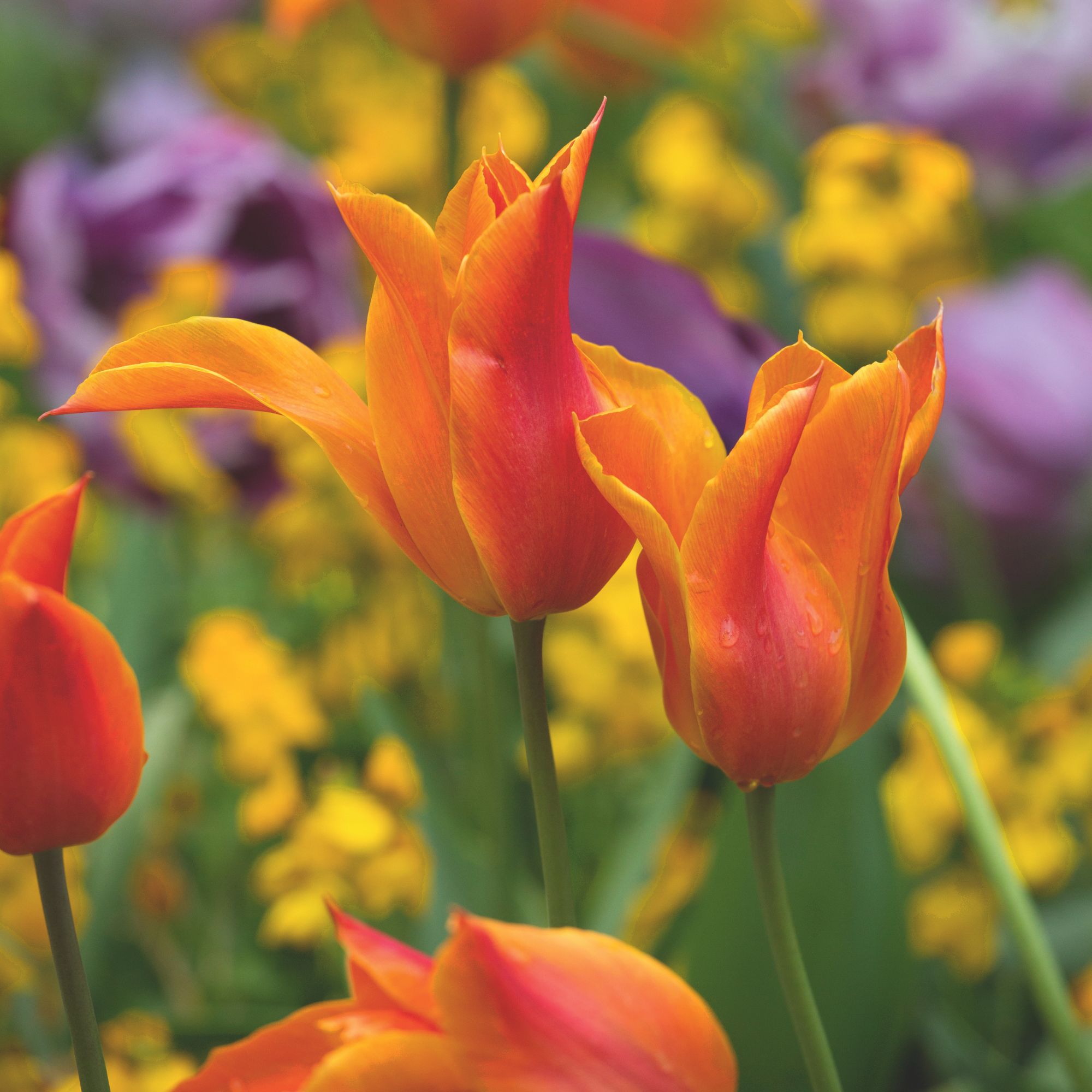
While you may feel inclined to cut back the green foliage after deadheading, this is the worst thing you could do for your tulips. Cutting back the foliage too early will result in smaller, less vibrant tulips next year.
'When deadheading tulips, it is important that you leave the stem and leaves in place so that photosynthesis can continue to take place,' explains Lucie. 'With no bloom to feed, all the nutrients and energy in the leaves will be directed back to the bulb where it will be stored for next year's flowers.'
What you can do at this point,Lucie suggests, is feed your tulips using a fertiliser that's high in nitrogen and phosphorus.
The safest option is leaving the foliage alone, just as you would with daffodils after flowering.
‘Wait until the foliage has died back and turned yellow before you do anything with it,' says Steve Chilton, garden expert at LeisureBench.
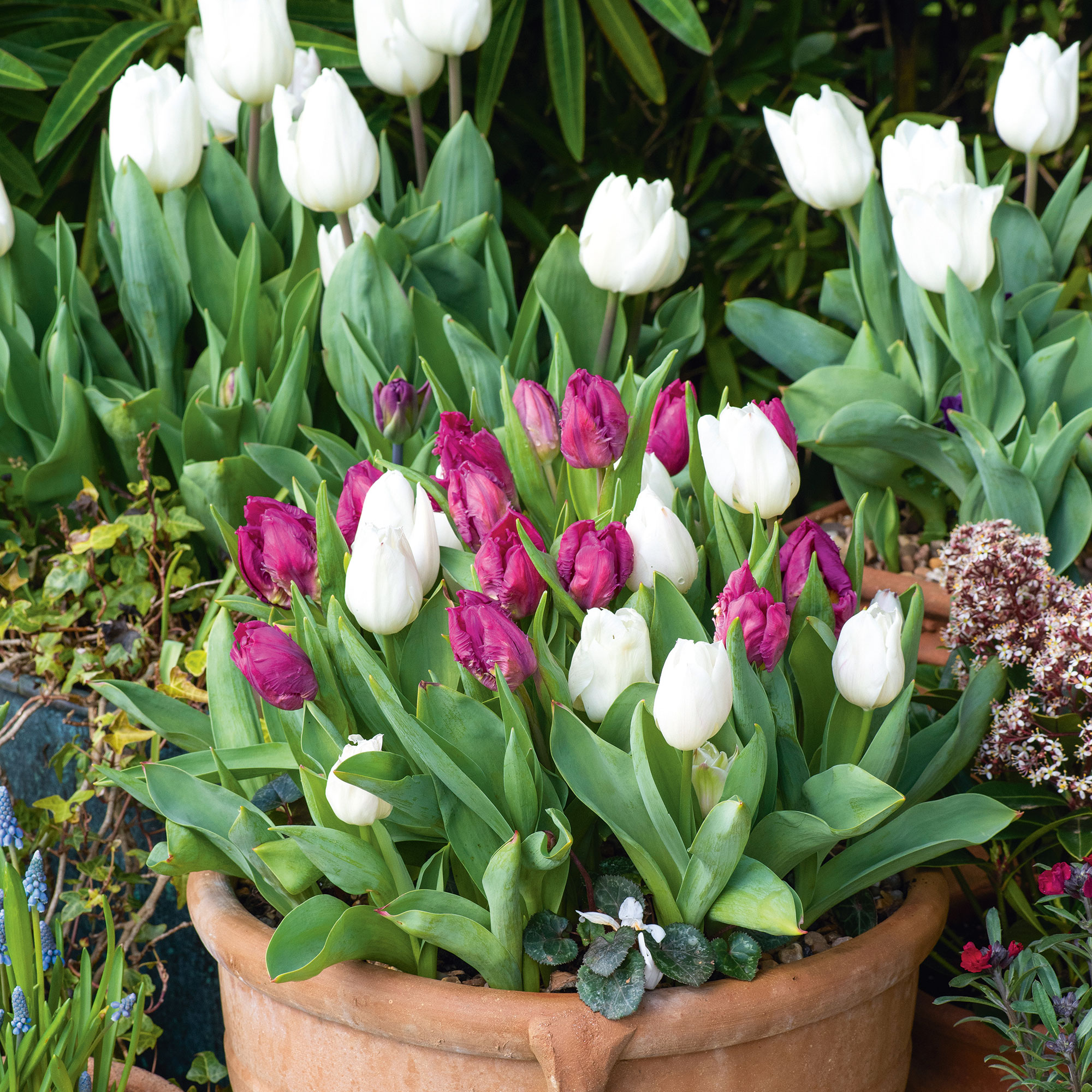
If you planted your tulips in your garden borders or in raised beds, you can simply leave the bulbs where they are to reflower next year. Alternatively, you could lift the bulbs and store them until it’s time to plant them out again.
3. Lift and store the bulbs
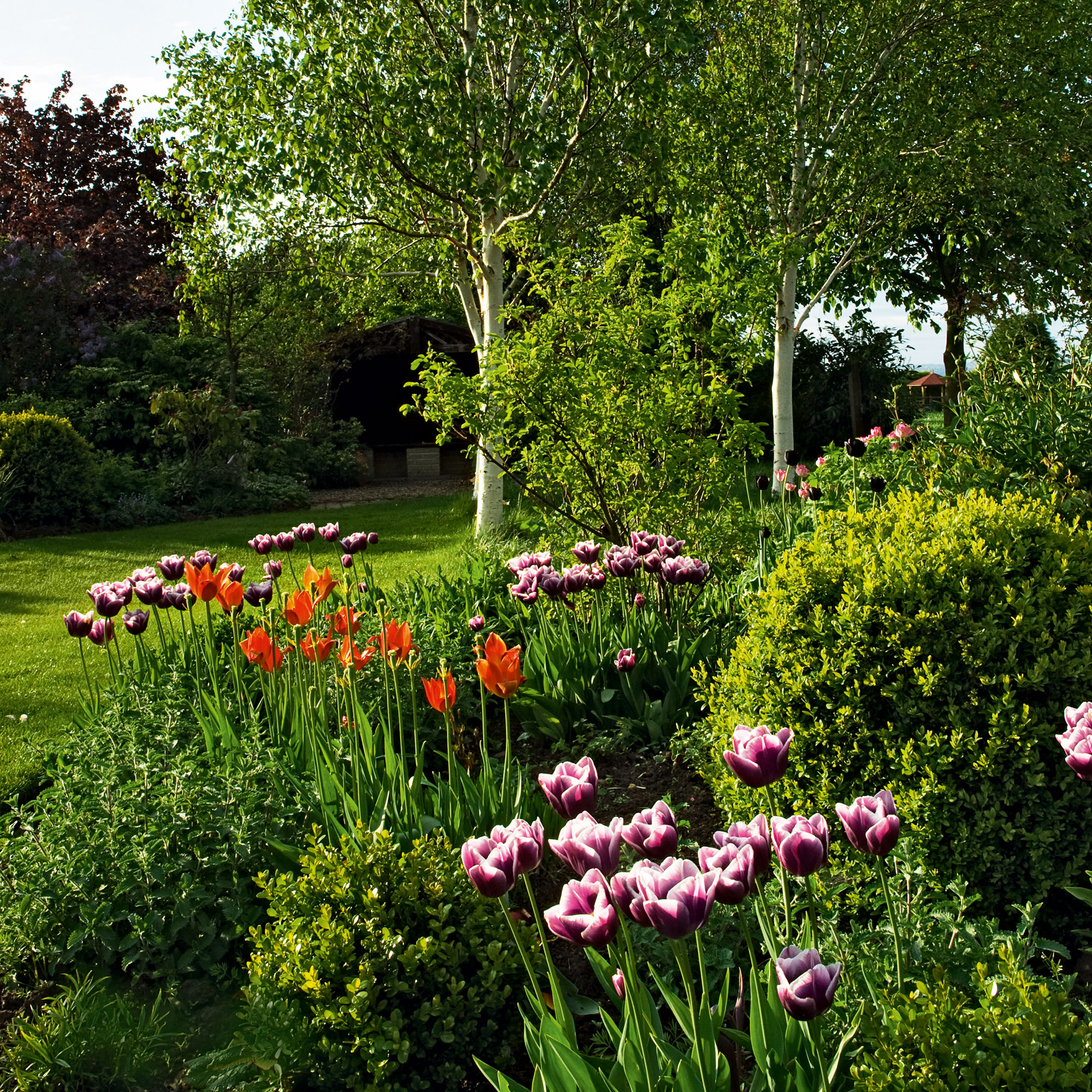
If you choose to lift your tulip bulbs, the process is pretty simple.
‘To do this, all you have to do is lift out the bulb with a small gardening fork once you've removed all the dead foliage,' says Steve. 'I recommend removing the stem, as well as the first outer layer of the bulb (this is normally a bit crispy).
You'll then need to dry and store the bulbs. 'Place the bulbs somewhere cool and dry, on shelves or trays covered in old newspaper, where they can dry for a few days,' advises Lucie. 'You can then put them into mesh bags – ideally, which you can hang up for maximum air circulation – until it’s time to replant them.
'What you are aiming to do is prevent the bulbs from getting damp which would cause them to rot – so never store them in plastic bags or airtight containers. If you haven’t access to mesh bags, then you could use paper bags, wooden crates or wire baskets.'
FAQs
Can I leave tulip bulbs in pots after flowering?
The rules are a little different if you have grown tulips in pots.
'If your tulips were grown in containers, it is unlikely that these will flower again as they were grown in a stressed environment,' explains Craig Morley, gardening expert at Budget Seeds. 'It is best to dispose of the bulbs and replant fresh ones in autumn for flowers in spring.’
What will you be doing with your tulips after flowering this year?




!["[T]he First and Fifth Amendments Require ICE to Provide Information About the Whereabouts of a Detained Person"](https://images.inkl.com/s3/publisher/cover/212/reason-cover.png?w=600)


